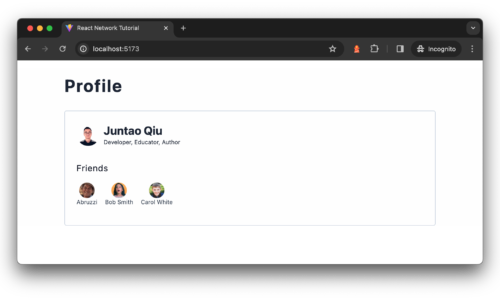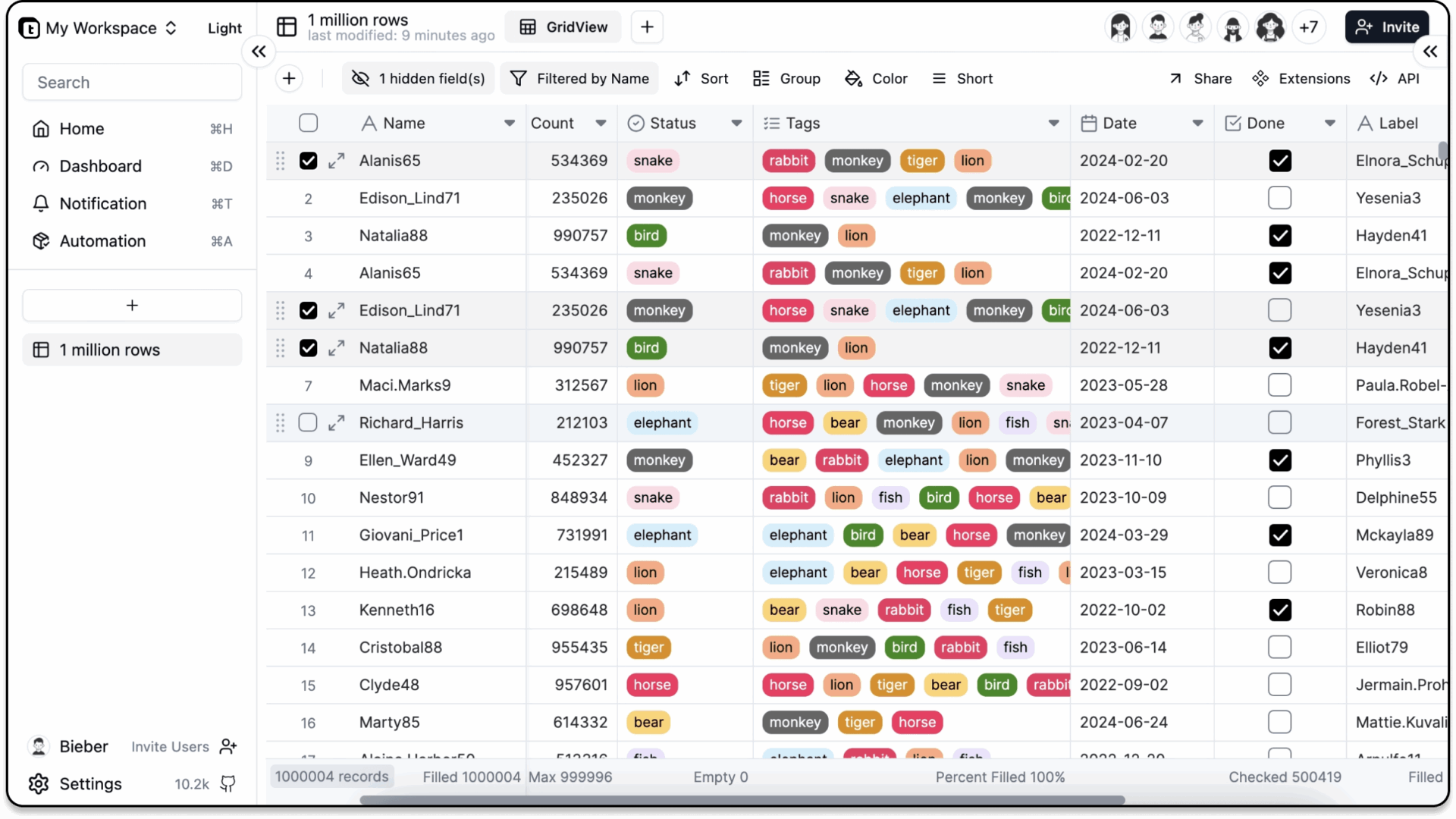
What to Expect in Your First Project
- softscribble@gmail.com
- July 15, 2024
- Software development
- 0 Comments
Embarking on your first custom software development project can be both exciting and daunting. With a plethora of options, technical jargon, and decisions to be made, it’s essential to understand the process thoroughly. This blog will guide you through what to expect in your first project, helping you navigate each step with confidence.
Understanding Custom Software Development
What is Custom Software Development?
Custom software development involves creating software applications tailored to meet the specific needs of a business or user. Unlike off-the-shelf software, custom solutions are designed to address unique requirements, providing a competitive edge.
Why Choose Custom Software Development?
Custom software development offers several benefits, including:
- Personalization: Tailored to your specific business needs.
- Scalability: Grows with your business.
- Integration: Seamlessly integrates with existing systems.
- Efficiency: Automates and optimizes business processes.
Preparing for Your First Project
Define Your Goals and Objectives
Before diving into development, it’s crucial to have a clear understanding of what you aim to achieve. Define the problem you’re solving, the goals of the project, and the key objectives. This clarity will guide the entire development process.
Assemble the Right Team
The success of your project heavily depends on the team you assemble. Key roles include:
- Project Manager: Manages the project and ensures its success.
- Business Analyst: Understands business needs and translates them into technical requirements.
- Developers: Create the code and build the program.
- Designers: Develop the user interface and the user experience.
- Quality Assurance (QA) Testers: Ensure the software works as intended.
Choose the Right Development Partner
Selecting the right custom software development company is critical. Look for a partner with a proven track record, expertise in your industry, and a collaborative approach. Consider factors such as:
- Experience and Expertise: Ask for case studies and portfolios.
- Communication: Ensure they have a transparent communication process.
- Flexibility: They should adapt to changes and new requirements.
- Support: Post-launch support is crucial for ongoing maintenance.
The Development Process
Initial Consultation and Requirement Gathering
The development process begins with an initial consultation. During this phase, you’ll discuss your vision, requirements, and expectations. The development team will gather detailed information about your business processes, goals, and technical needs.
Planning and Design
Once the requirements are clear, the planning phase begins. This includes:
- Project Plan: Outlining the timeline, milestones, and deliverables.
- Technical Architecture: Designing the system architecture and choosing the right technology stack.
- Wireframes and Prototypes: Creating visual representations of the software to ensure the design aligns with your vision.
Development and Coding
The development phase is when the real coding takes place. This phase is usually broken down into sprints (following Agile methodology) or phases (following Waterfall methodology). During this phase:
- Regular Updates: Expect regular updates and progress reports from the development team.
- Feedback Loops: Continuous feedback is essential to ensure the project stays on track.
Testing and Quality Assurance
Offering training sessions to help users get comfortable with the new system. The QA team will conduct various tests to ensure the software is bug-free and functions as intended. Types of testing include:
- Unit Testing: Testing individual components.
- Integration Testing: Ensuring components work together.
- User Acceptance Testing (UAT): Final testing by the end-users to ensure the software meets their needs.
Deployment and Launch
Once the software passes all tests, it’s time for deployment. This involves:
- Setting Up the Production Environment: Ensuring the software is ready for live use.
- Training: Providing training sessions for users to familiarize them with the new system.
- Soft Launch: Rolling out the software to a limited audience before a full-scale launch.
Post-Launch Support and Maintenance
Post-launch support is vital to address any issues that may arise and ensure the software continues to perform optimally. This includes:
- Regular Updates: Implementing new features and improvements.
- Bug Fixes: Addressing any issues that come up post-launch.
- Performance Monitoring: Continuously monitoring the software’s performance to ensure it meets expectations.
Overcoming Common Challenges
Managing Expectations
Clear communication and realistic expectations are key to a successful project. Ensure all stakeholders are on the same page regarding project scope, timelines, and deliverables.
Handling Scope Creep
Scope creep refers to the gradual addition of new features or requirements that were not part of the original plan. To manage scope creep:
- Define Clear Requirements: Have detailed and well-documented requirements from the start.
- Prioritize Features: Focus on the essential features first, and consider additional features in future phases.
- Regular Check-Ins: Hold regular meetings to review progress and discuss any changes.
Ensuring User Adoption
Even the best software can fail if users don’t adopt it. To ensure successful adoption:
- Involve Users Early: Get user feedback during the development process.
- Provide Training: Offer comprehensive training sessions to help users understand the new system.
- Offer Support: Provide ongoing support to address any issues or concerns.
Measuring Success
Key Performance Indicators (KPIs)
To assess the effectiveness of your custom software development project, keep an eye on these Key Performance Indicators (KPIs):
- User Satisfaction: Collect feedback from users to evaluate their satisfaction.
- Performance Metrics: Keep track of system performance, including speed, uptime, and error rates.
- Business Impact: Evaluate how the software has impacted your business processes, efficiency, and profitability.
Continuous Improvement
Custom software development is an ongoing process. Continuously seek feedback, make improvements, and stay updated with the latest technologies to ensure your software remains relevant and effective.
The Role of Custom Mobile App Development Services
In today’s mobile-first world, custom mobile app development services are integral to a successful software strategy. They make sure your app works well on phones and tablets, so it’s easy for people to use.
Benefits of Custom Mobile App Development
Custom mobile app development services offer unique benefits, including:
- Enhanced User Experience: Tailored to meet the specific needs of mobile users.
- Increased Engagement: Mobile apps can help keep users interested and coming back.
- Better Performance: Optimized for mobile devices, ensuring smooth operation.
Conclusion
Embarking on your first custom software development project can be a transformative experience for your business. By understanding the process, preparing adequately, and working with the right custom software development company, you can ensure a successful outcome. Remember, the key to success lies in clear communication, realistic expectations, and a focus on continuous improvement. With these elements in place, your custom software can provide a significant competitive advantage, driving growth and efficiency for your business. Moreover, leveraging custom mobile app development services can further enhance your software’s reach and effectiveness, ensuring a holistic approach to modern business needs.
Tags: app design, App Development, custom mobile app development services, Custom Software Development, custom software development company, mobile software development company
Contact Softscribble for your software Requirement
Contact Now






